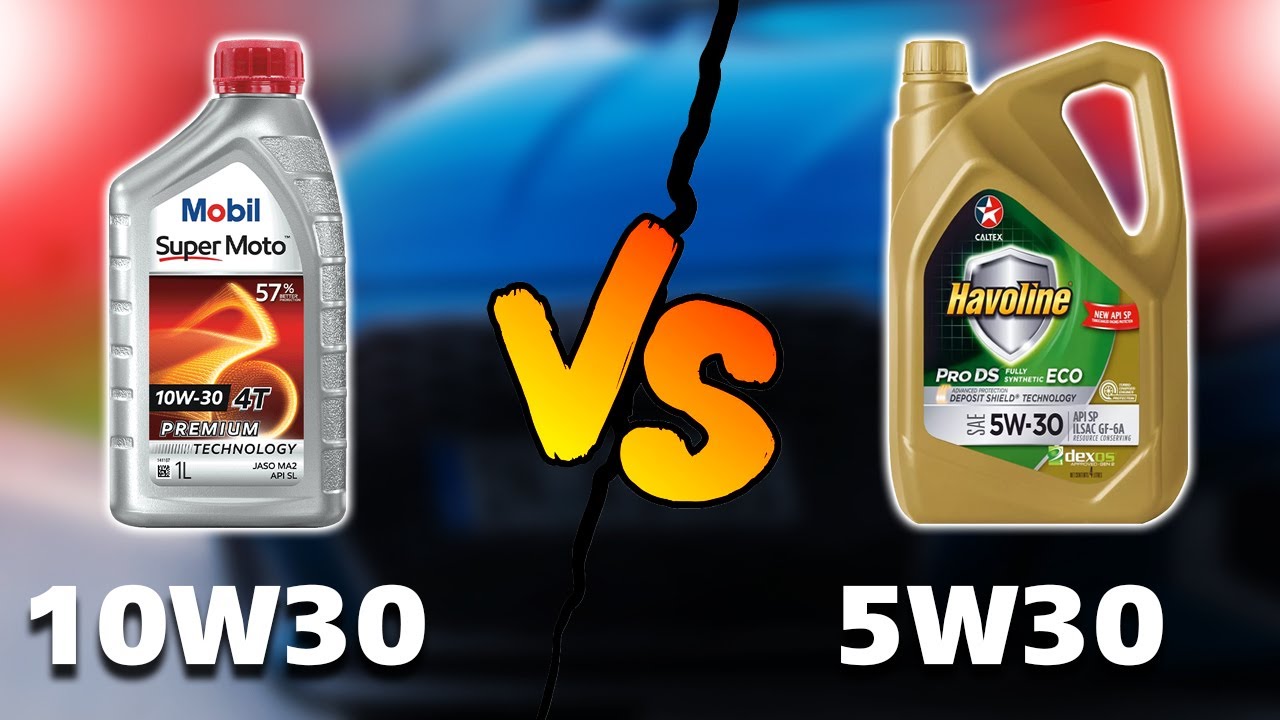A catalytic converter is a critical component of a vehicle’s exhaust system that helps control emissions. However, some vehicle enthusiasts consider removing it to increase horsepower and improve gas mileage. In this article, we will discuss the pros and cons of catalytic converter delete.
What is Catalytic Converter Delete?
Catalytic converter delete is the process of removing a vehicle’s catalytic converter. This can be done through a DIY procedure or by hiring a professional auto mechanic. The cost of catalytic converter delete depends on whether you choose to do it yourself or engage the services of an expert.
Pros and Cons of Catalytic Converter Delete
Deleting a vehicle’s catalytic converter has several advantages, including:
- Horsepower Boost: Removing a catalytic converter increases horsepower automatically. This is because it reduces engine backpressure and creates more space for air inflow to the vehicle’s combustion chamber, speeding up the combustion process and releasing more horsepower.
- Reduced Engine Temperature: Removing a car’s converter reduces the engine’s operating temperature by enhancing the quick and easy release of exhaust gases.
- Better Gas Mileage: Better gas mileage is another benefit of removing a vehicle’s converter. It reduces engine backpressure and operating temperature, resulting in less fuel consumption and better gas mileage.
- Variety of Fuel Options: The presence of the converter hinders the use of specific types of fuel in a vehicle. Removing the converter grants you the freedom to explore and use a variety of fuel options, including high-performance fuel in your car.

However, every coin has two sides, and deleting a vehicle’s catalytic converter also has its drawbacks, including:
- Illegal in Most U.S. States: Catalytic converter removal is illegal in most U.S. states, including California. The Environmental Protection Agency (EPA) and Ministry of Transport (MOT) ensure that they sanction car owners who remove their catalytic converter.
- Air Pollution: A vehicle’s converter ensures that toxic unburned exhaust gases producing a high level of carbon monoxide are adequately handled. Without the component, a vehicle will produce a high level of toxic exhaust release that will pollute the environment and make the atmosphere harmful.
- Noise Pollution: Removing a vehicle’s catalytic converter increases the noise level from the engine, disturbing everyone in the neighborhood and on the street while you idle or drive, respectively.
- Inability to Pass the MOT Test: Since a vehicle’s catalytic converter is illegal in many U.S. states, cars without a catalytic converter will eventually fail the MOT test.
- More Fuel Consumption (in Some Cases): Some car owners complain about increased fuel consumption after removing their catalytic converter. The catalytic converter plays a vital role in enhancing better fuel consumption in some vehicles. In that case, removing cat-cons may reverse the fuel consumption level.
Can You Drive Without a Catalytic Converter?
Driving without a catalytic converter is illegal in most states, and drivers may be issued a hefty fine or have their vehicle impounded until the necessary repairs have been made. Moreover, drivers may need an active catalyst to pass their emissions test.




